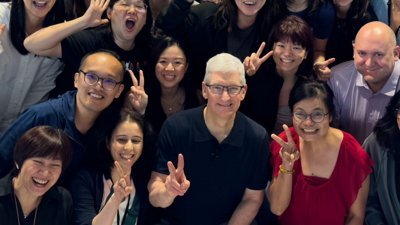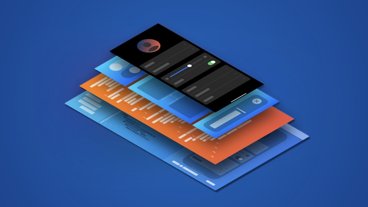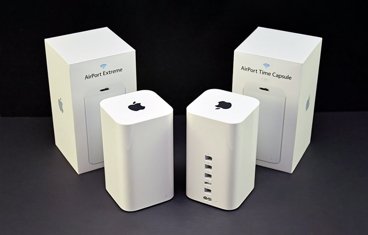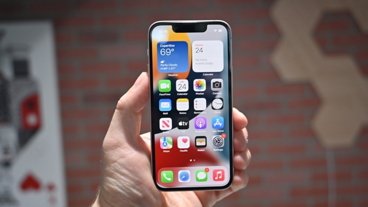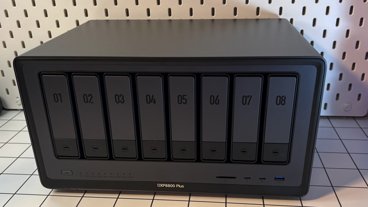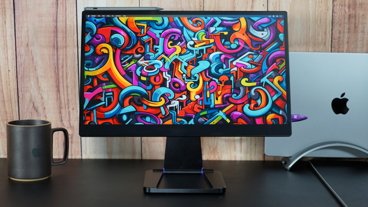Apple wins appeal in Time Machine tech patent infringement suit
The appeals court ruling, doled out on Tuesday, confirms that Apple was not in violation of of patent No. 7,120,835 from 2006, covering graphic user interfaces used to backup and restore data stored on a computer.
Farstone contacted Apple in April of 2013 claiming the company was in violation of patent No. 7,120,835, and received two responses from Apple in April and May 2013, one denying interest in acquiring the patent. A lawsuit alleging Apple was willingly infringing Farstone's patent was filed in September of 2013.
The lawsuit sought an injunction against Time Machine, triple damages suffered by Farstone as a result of willful patent violation, and an ongoing royalty agreement.
A series of "face-to-face" meetings between Apple and Farstone were held, with no success and "too many disputed issues" according to the court. Judge Otis Wright ultimately declared that the patent didn't adequately describe the invention in conjunction with prior art covering Apple's implementation, and the suit was dismissed on November 10, 2015.
An appeal was filed, citing that patent law from the beginning of the 21st century did not require the specificity that Judge Wright demanded in his ruling. The US Court of Appeals ruled on Tuesday, without issuing an opinion, that the ruling dismissing the case was affirmed.
Apple has claimed nearly $41,000 in expenses as a result of the trial.
Unlike many other companies involved in intellectual property disputes, Farstone is not a so-called "patent troll." The company was formed in 1993, and has been continuously developing backup and drive cloning products, primarily for Windows and the enterprise market.
Apple has fought off suits about Time Machine in the past. The suit with Farstone is the third time Apple has been sued for Time Machine's Cover Flow implementation. In 2008, Mirror Worlds started its battle with Apple.
Mirror Worlds won an initial $625.5 million ruling in 2010, but the verdict was appealed, with Apple ultimately winning the dispute.
The core of Apple's battles over Time Machine is Cover Flow. Apple purchased the technology from developer Steel Skies in 2006. The feature was originally used in iOS to allow users to browse through iTunes music. Apple later added CoverFlow technology to Safari, but discontinued the rarely used viewing option in Safari 7.0.
Apple was awarded a patent for basic Time Machine functionality in November 2012.
 Mike Wuerthele
Mike Wuerthele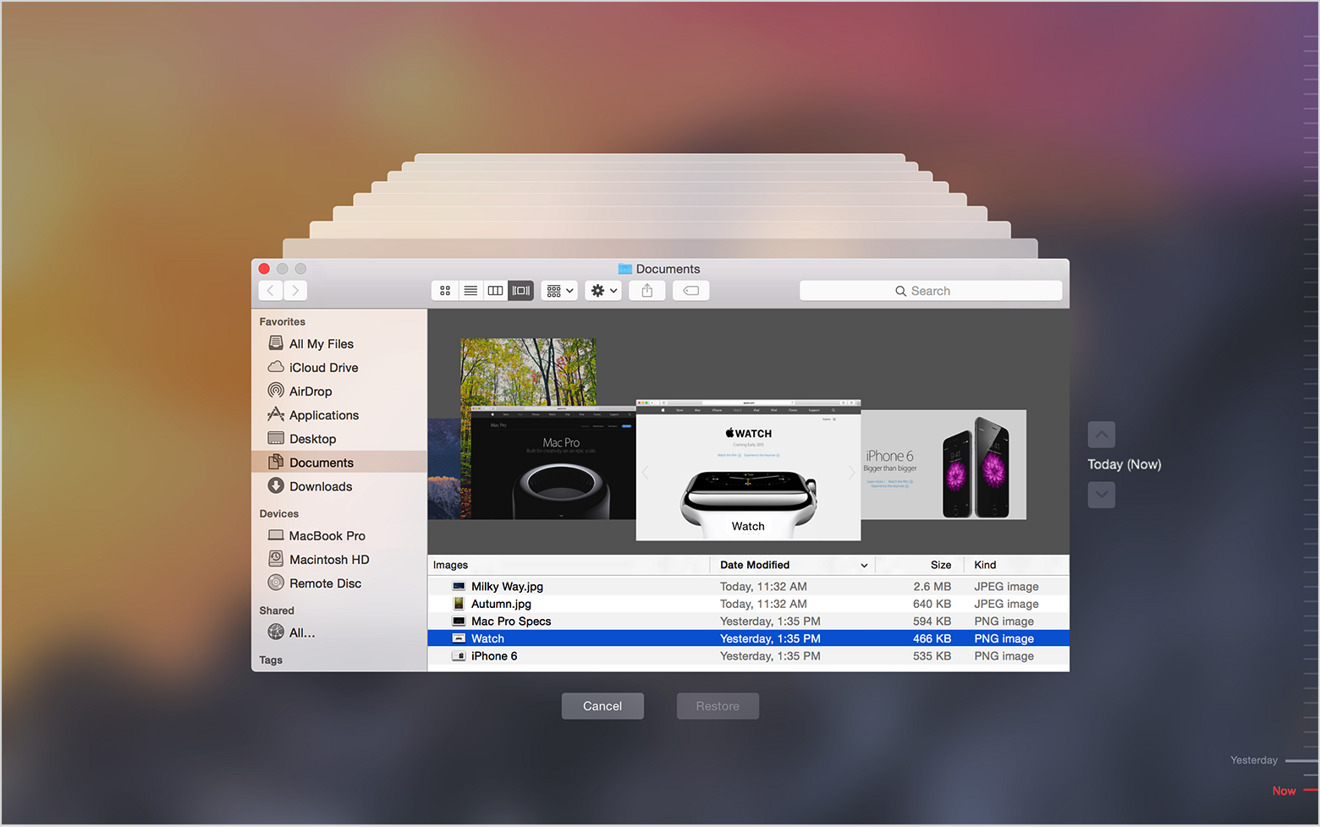



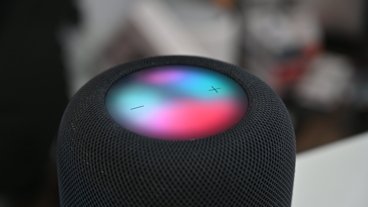
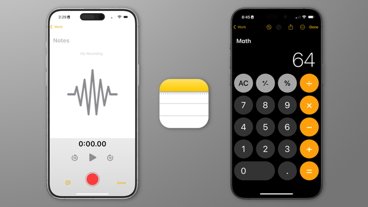
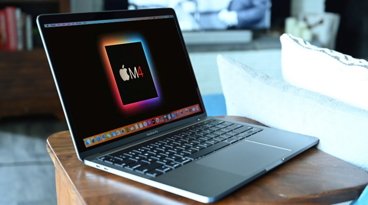
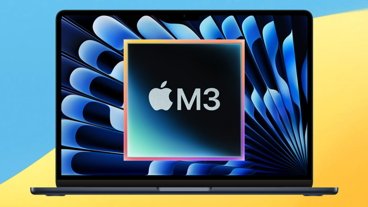
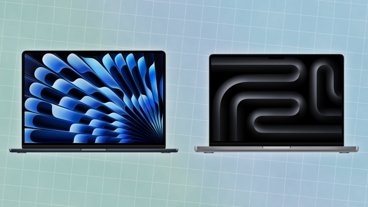
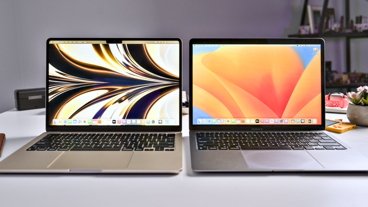
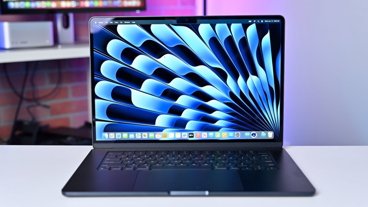
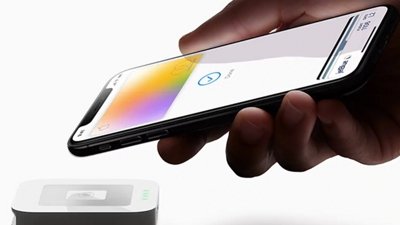
 Malcolm Owen
Malcolm Owen
 William Gallagher and Mike Wuerthele
William Gallagher and Mike Wuerthele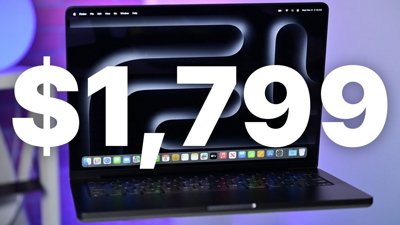
 Christine McKee
Christine McKee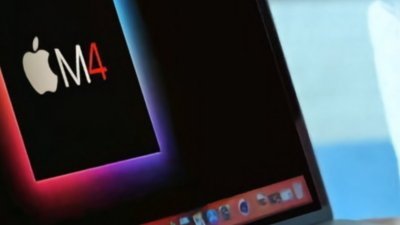
 William Gallagher
William Gallagher

 Marko Zivkovic
Marko Zivkovic
